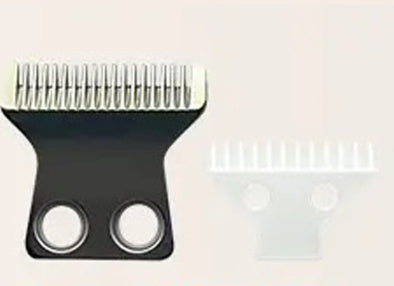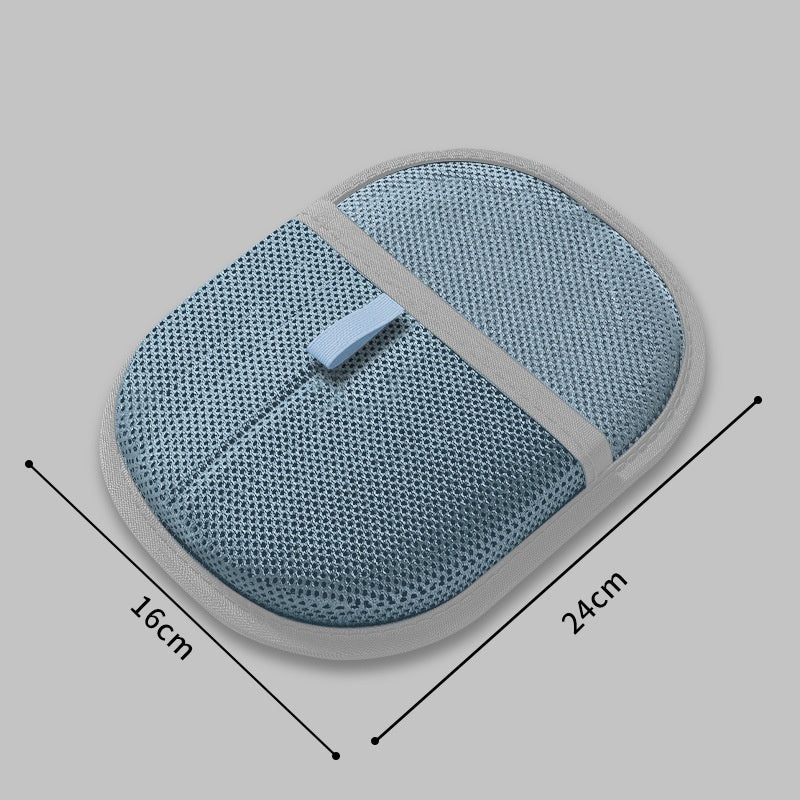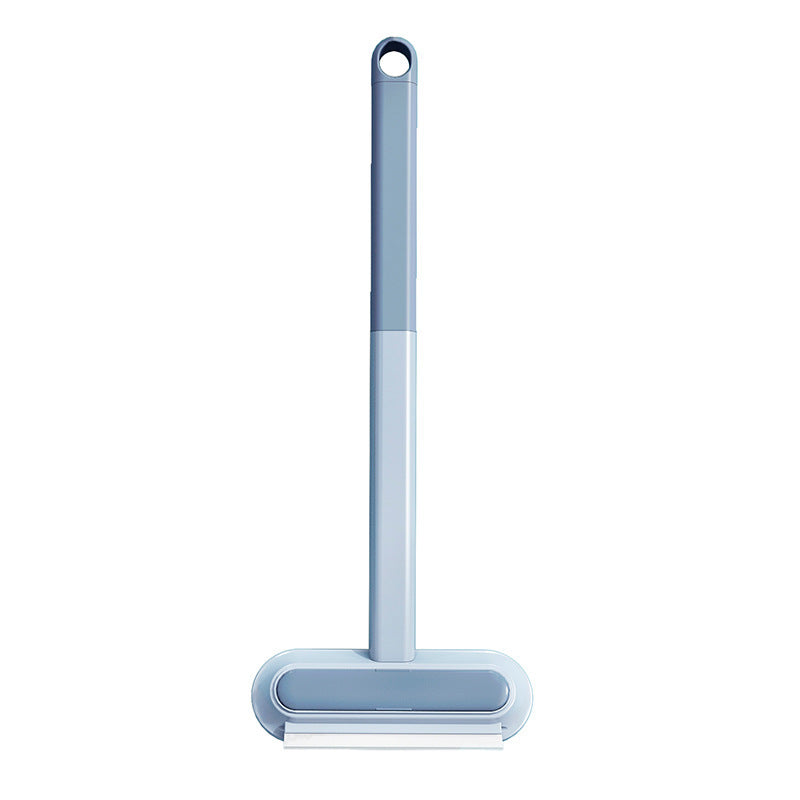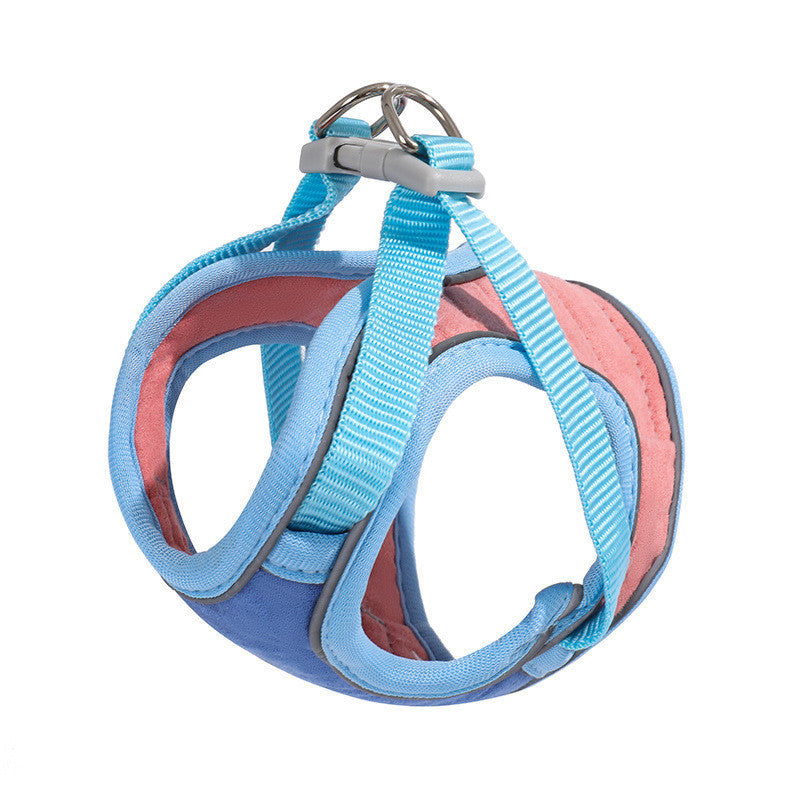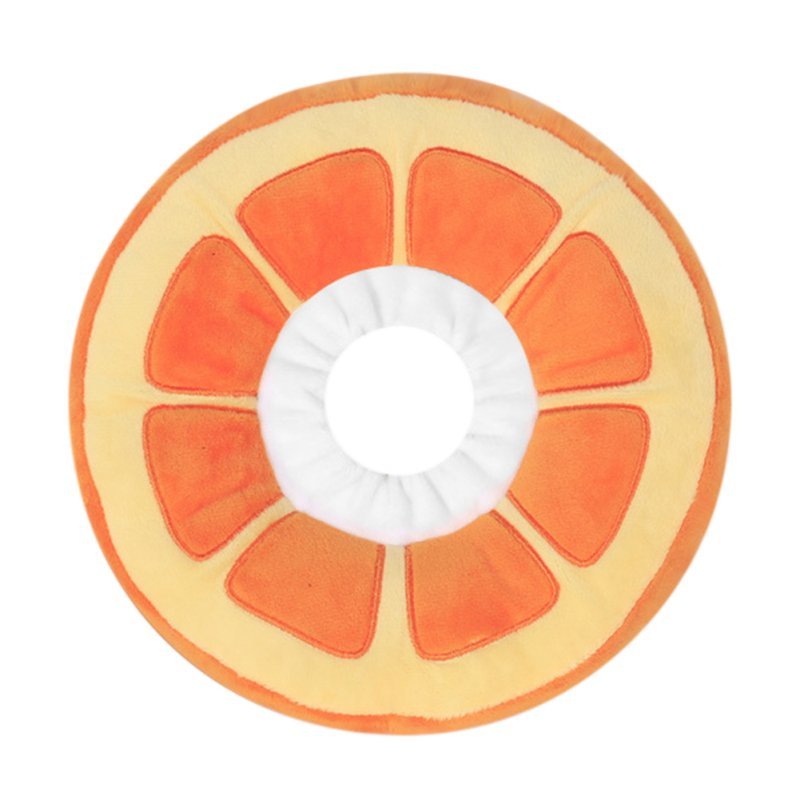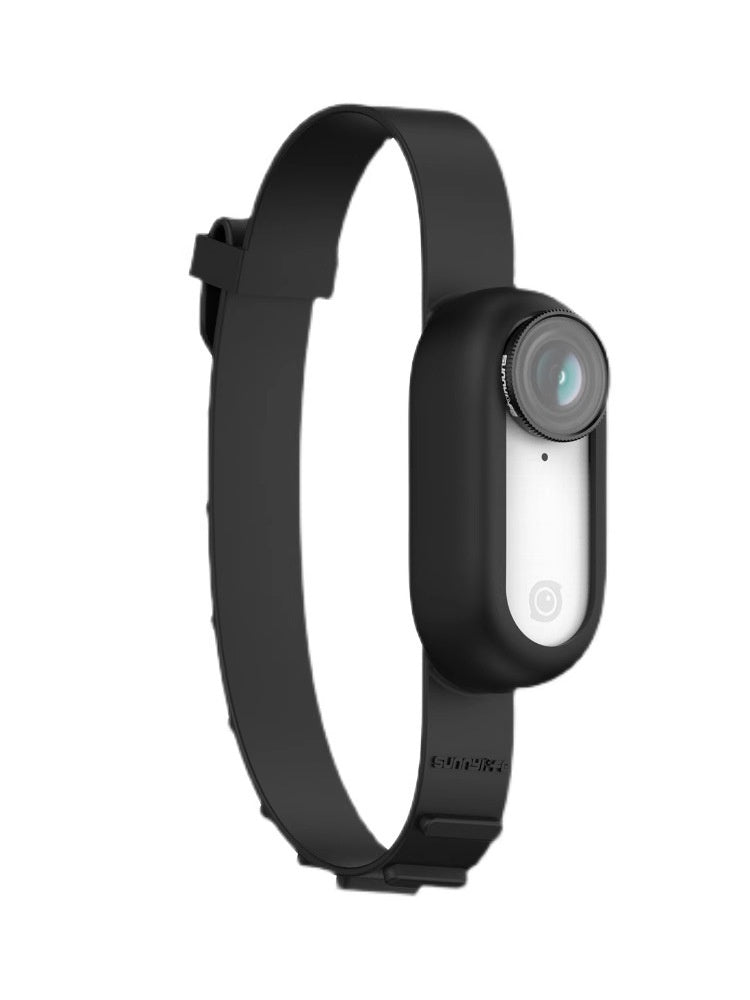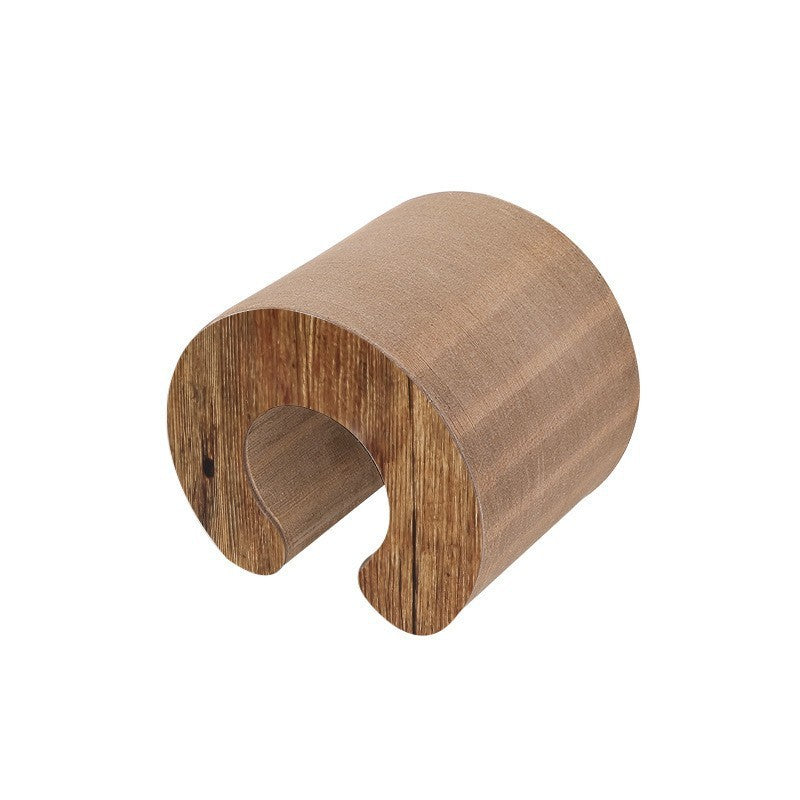Give Your Cat the Freedom of the Outdoors Safely: The Complete Australian Catio Guide
Want to let your cat enjoy fresh air, sunshine, and bird-watching without the risks of traffic, predators, or getting lost? A catio (cat patio) is the purr-fect solution that's revolutionising how Australian cat owners approach pet care.More than just a trendy accessory, catios are becoming essential infrastructure for responsible cat ownership, especially in urban and suburban Australia where outdoor hazards are increasingly common. Whether you're a seasoned DIY enthusiast or someone who's never picked up a drill, this comprehensive guide will walk you through creating the perfect outdoor sanctuary for your feline friend.
Why Catios Are a Game-Changer for Australian Cat Owners
The statistics speak volumes about the importance of cat containment in Australia. According to RSPCA Australia, keeping cats indoors or in secure enclosures can significantly increase their lifespan from an average of 2-5 years for outdoor cats to 12-18 years for protected cats. This dramatic difference stems from eliminating exposure to cars, diseases, predators, and territorial fights.But catios offer benefits that extend far beyond safety:
For Your Cat:
- Safe outdoor access without the dangers of roaming free
- Mental stimulation through sights, sounds, and smells of nature
- Physical exercise with climbing structures and exploration opportunities
- Natural behaviours like sunbathing, bird-watching, and territory surveying
- Reduced stress from confinement whilst maintaining security
For Wildlife:
Australia's native wildlife faces enormous pressure from domestic cats, with studies indicating that cats kill over 1.5 billion native animals annually. A catio allows your cat to observe wildlife without becoming a threat, supporting conservation efforts whilst satisfying your pet's hunting instincts through safe play.
For Your Household:
- Cleaner homes with reduced tracking of dirt, parasites, and prey
- Lower veterinary bills from fewer injuries, diseases, and accidents
- Better sleep without 3am demands to go outside
- Reduced anxiety knowing your cat is safe and accounted for
For Your Neighbours:
No more midnight yowling sessions, territorial disputes, or discovering "presents" left in garden beds. A well-designed catio maintains neighbourhood harmony whilst keeping your cat happy.
Planning Your Catio: Essential Considerations Before You Build
Understanding Your Space and NeedsBefore diving into construction, take time to assess your available space, budget, and your cat's personality. A shy, elderly cat might prefer a smaller, more enclosed space, whilst an active young cat will benefit from a larger area with multiple levels and enrichment features.
Space Assessment:
- Measure available areas including balconies, courtyards, and garden spaces
- Consider sun patterns throughout the day
- Account for existing structures, plants, and access points
- Think about future expansion possibilities
Budget Planning:
Australian catio costs vary significantly based on size, materials, and complexity. Budget-conscious cat owners can create effective enclosures for $200-400, whilst premium custom builds can exceed $5,000. Factor in ongoing maintenance costs and potential upgrades.
Climate Considerations Across Australia
Australia's diverse climate zones require different catio approaches:Tropical North (Darwin, Cairns):
- Prioritise ventilation and shade
- Use rust-resistant materials due to high humidity
- Include rain protection for year-round use
- Consider elevated designs to avoid flooding
Temperate East Coast (Sydney, Brisbane):
- Balance sun and shade access
- Include weather protection for winter months
- Account for seasonal temperature variations
- Consider deciduous shade plants for year-round comfort
Mediterranean Climates (Adelaide, Perth):
- Focus on summer cooling with shade sails and ventilation
- Include winter sun access
- Use drought-resistant plants
- Consider elevated designs to avoid ground-dwelling pests
Cool Climates (Melbourne, Hobart):
- Maximise winter sun exposure
- Include windbreaks and insulated areas
- Consider covered sections for wet weather
- Use materials that handle temperature fluctuations
How to Build Your Own Catio: Detailed Step-by-Step Guide
Step 1: Choose the Perfect Location
Window-Attached Catios:Connect directly to existing windows using cat flaps or removable panels. This option provides easy indoor-outdoor access but limits size and positioning. Ensure the window can support additional weight and consider security implications.
Door-Attached Catios:
Attach to sliding doors, French doors, or dedicated cat doors. This provides larger access points and greater flexibility in catio size. Consider how this affects your own access to outdoor spaces.
Balcony Catios:
Perfect for apartment dwellers, balcony catios maximise limited space whilst complying with most rental agreements. Check building regulations and consider weight limits for upper-floor installations.
Freestanding Garden Catios:
Offer maximum flexibility in size and positioning. Consider sun patterns, drainage, and proximity to neighbours. These work well for larger properties and can incorporate existing landscape features.
Step 2: Design Selection and Customisation
Freestanding Ground-Level Enclosures:Ideal for spacious backyards, these designs can incorporate existing trees, garden beds, and natural features. Consider drainage, pest prevention, and seasonal weather patterns. Ground-level designs work well for older cats or those with mobility issues.
Multi-Level Attached Structures:
These sophisticated designs connect multiple levels of your home, often incorporating balconies, windows, and even roof access. They require more complex planning and potentially council approval but offer maximum space and flexibility.
Modular Systems:
Companies like Catio Spaces and Kittywalk offer expandable panel systems that grow with your needs. These provide professional design benefits with DIY assembly, though costs are typically higher than full DIY approaches.
Custom Integrated Designs:
Work existing landscape features, architectural elements, and garden designs into your catio. This approach creates the most aesthetically pleasing results but requires significant planning and potentially professional assistance.
Step 3: Material Selection for Australian Conditions
Frame Materials:
Aluminium:
- Excellent corrosion resistance
- Lightweight and strong
- Low maintenance requirements
- Higher initial cost but longer lifespan
- Ideal for coastal areas with salt exposure
Treated Timber:
- Natural appearance blends with gardens
- More affordable initial cost
- Requires regular maintenance and replacement
- Choose termite-resistant varieties like treated pine or naturally resistant hardwoods
- Consider environmental impact and sustainability
Steel:
- Maximum strength for large structures
- Requires rust-resistant coating
- Professional welding may be needed
- Best for permanent, large installations
Mesh and Enclosure Materials:
Galvanised Steel Mesh:
- Superior strength and durability
- Resistant to weather and UV damage
- Available in various hole sizes
- More expensive but longer-lasting
Pet-Safe Vinyl Mesh:
- Softer on cat paws and faces
- Good visibility and airflow
- UV-resistant options available
- Less durable than steel alternatives
Avoid These Materials:
- Chicken wire: Too weak, sharp edges, large gaps
- Plastic mesh: Degrades quickly in Australian sun
- Hardware cloth with large openings: Allows access by small predators
Roofing and Weather Protection:
Solid Roofing:
- Polycarbonate sheets provide weather protection whilst maintaining light
- Metal roofing offers maximum weather protection
- Consider guttering for water management
Shade Solutions:
- Shade cloth (30-70% depending on climate)
- Retractable awnings for seasonal adjustment
- Living shade from climbing plants
Step 4: Cat-Friendly Features and Enrichment
Vertical Territory:Cats naturally prefer elevated vantage points. Include multiple levels using:
- Wall-mounted shelves at varying heights
- Cat trees or climbing posts
- Ramps and bridges connecting different areas
- Perching spots near mesh walls for optimal viewing
Comfort and Rest Areas:
- Weather-resistant cat beds or cushions
- Enclosed hideaways for shy or anxious cats
- Sunny spots for winter warming
- Shaded retreats for summer cooling
Mental Stimulation:
- Hanging toys that move in breezes
- Bird feeders positioned outside the mesh (but not directly accessible)
- Puzzle feeders and treat-dispensing toys
- Rotating toys to maintain interest
Natural Elements:
- Cat-safe plants like cat grass, catmint, and silver vine
- Small water features for drinking and interest
- Different textures: wood, carpet, sisal scratching surfaces
- Sand or dirt areas for digging (contained in planters)
Practical Necessities:
- Access to fresh water (consider automatic dispensers)
- Litter box area if the catio lacks indoor access
- Scratching posts and pads
- Easy cleaning surfaces and drainage
Step 5: Security, Installation, and Safety Measures
Foundation and Anchoring:
- Concrete footings for permanent structures
- Ground anchors for temporary or rental-friendly options
- Wall brackets properly secured to structural elements
- Weight distribution consideration for balcony installations
Safety Inspections:
Weekly safety checks should include:
- Mesh integrity and attachment points
- Hardware looseness or corrosion
- Structural stability and movement
- Plant health and toxicity concerns
- Cleanliness and pest presence
Cat Introduction Protocol:
- Start with short supervised visits
- Bring favourite toys and treats
- Allow retreat to familiar indoor spaces
- Gradually extend unsupervised time
- Monitor for stress indicators
Regional Australian Catio Inspiration and Adaptations
Queensland Designs: Beating the HeatQueensland's tropical and subtropical climates demand careful attention to heat management and weather protection. Successful Queensland catios feature:
Ventilation Maximisation:
- Cross-breezes through strategic mesh placement
- Raised flooring for air circulation
- Ridge ventilation in covered areas
- Solar-powered fans for extreme heat days
Shade Solutions:
- Multiple shade layers using sails, vegetation, and roofing
- Deciduous plants for seasonal sun control
- Light-coloured materials to reflect heat
- Misting systems for extreme temperatures
Victoria and Tasmania: Year-Round Comfort
Southern Australia's variable climate requires adaptable designs that provide warmth in winter and cooling in summer:
Weather Protection:
- Clear roofing panels for winter sun penetration
- Windbreaks using solid panels or dense vegetation
- Insulated sleeping areas for cold nights
- Removable panels for seasonal adjustment
Drainage Considerations:
- Proper grading to prevent water pooling
- Guttering systems to manage heavy rainfall
- Elevated sleeping areas during wet seasons
- Quick-drying materials and surfaces
Western Australia: Pest and Predator Management
Perth's Mediterranean climate and unique wildlife require specific adaptations:
Elevation Strategies:
- Raised designs to avoid ground-dwelling reptiles
- Ant-resistant materials and barriers
- Snake-proof mesh sizing and installation
- Regular inspection for wildlife intrusion attempts
Plant Integration:
- Native Perth plants that cats can safely observe
- Water-wise vegetation reducing maintenance
- Seasonal flowering plants for year-round interest
- Integration with existing xerophytic gardens
New South Wales and ACT: Urban Integration
High-density living and council regulations in major cities require thoughtful design approaches:
Noise Management:
- Strategic placement to minimise neighbour disruption
- Sound-absorbing materials where appropriate
- Design that encourages quiet behaviours
- Communication with neighbours during planning
Aesthetic Integration:
- Designs that complement urban architecture
- Materials and colours that blend with surroundings
- Compact, efficient use of limited space
- Integration with balcony and courtyard designs
Legal Considerations and Council Regulations
Many Australian councils now actively support or require cat containment, making catios not just beneficial but potentially mandatory. The Cat Containment Australia website provides comprehensive information about local regulations, but key considerations include:
Planning and Building Approvals:
- Structures over certain sizes may require permits
- Attachment to buildings might need building approval
- Heritage and neighbourhood character considerations
- Rental property restrictions and strata regulations
Compliance Requirements:
- Setback requirements from boundary fences
- Height restrictions for residential areas
- Material and design standards
- Safety and structural engineering requirements
Neighbour Considerations:
- Early communication about planned construction
- Respect for privacy and noise concerns
- Collaborative approaches to boundary treatments
- Ongoing maintenance responsibilities
Advanced Catio Features and Technology Integration
Smart Catio TechnologyModern technology can enhance catio functionality and your peace of mind:
Automated Systems:
- Timer-controlled access doors
- Weather-responsive shade and ventilation systems
- Automatic feeding and water systems
- Climate monitoring and alerts
Security Features:
- Motion-activated cameras for monitoring
- Smart locks for secure access control
- Alarm systems for unauthorised entry
- GPS tracking integration for multiple-cat households
Expandable and Modular Designs
Plan for future expansion and changing needs:
Growth Planning:
- Modular systems that accept additional panels
- Foundation design that accommodates expansion
- Utility planning for future automated features
- Integration points for connecting multiple cats or areas
Seasonal Adaptability:
- Removable panels for climate control
- Convertible spaces that serve multiple functions
- Storage solutions for seasonal equipment
- Maintenance access for cleaning and upgrades
Creating Your Cat's Perfect Outdoor Sanctuary
A catio represents more than just an enclosure; it's an investment in your cat's physical and mental wellbeing, Australia's native wildlife protection, and your own peace of mind. Whether you choose a simple window box design or an elaborate multi-level adventure playground, the key lies in thoughtful planning that considers your cat's needs, your local climate, and your long-term goals.The growing recognition of catios across Australia reflects a broader understanding of responsible pet ownership in our unique environment. As urban development continues and wildlife conservation becomes increasingly important, catios offer a sustainable solution that benefits everyone involved.
Start with a simple design and expand over time, or invest in a comprehensive system from the beginning. Either approach can provide your cat with years of safe outdoor enjoyment whilst contributing to the broader goal of sustainable pet ownership in Australia.
Remember, the best catio is the one that gets used, so prioritise your cat's preferences and safety over elaborate features. With proper planning, quality materials, and regular maintenance, your catio will provide countless hours of enrichment and joy for your feline companion.
Frequently Asked Questions
Q: How much does a catio cost in Australia?A: Costs vary significantly based on size, materials, and complexity. DIY projects typically range from $200–$600 for basic structures, whilst professional installations can cost $800–$5,000. Factor in ongoing maintenance costs and potential upgrades when budgeting.
Q: Can I build a catio in a rental property?
A: Yes, many catio designs are rental-friendly. Freestanding structures, balcony-mounted options, and temporary attachments can often be installed without permanent modifications. Always check your lease agreement and communicate with your landlord before installation.
Q: Will my cat actually use the catio?
A: Most cats adapt to catios enthusiastically, especially when introduced gradually with positive associations like toys, treats, and catnip. Some cats may take weeks to fully embrace their new space, whilst others explore immediately. Success increases with proper planning for your cat's specific personality and preferences.
Q: Do catios need planning permission in Australia?
A: Requirements vary by location and structure size. Small, freestanding catios typically don't require permits, but larger structures or those attached to buildings might. Check with your local council early in the planning process, especially for permanent installations.
Q: Can I buy a ready-made catio in Australia?
A: Absolutely! Companies like Cat Enclosures Australia, Kittywalk, and Catio Spaces offer both ready-made options and custom builds. Pre-fabricated options cost more than DIY but provide professional design and installation services.
Q: How do I maintain my catio?
A: Regular maintenance includes weekly safety inspections, monthly cleaning, seasonal plant care, and annual material assessments. Proper maintenance extends catio lifespan and ensures continued safety for your cat.
Q: Can multiple cats share a catio?
A: Yes, but design considerations change with multiple cats. Provide multiple levels, hiding spots, and entry/exit points to prevent territorial disputes. Size requirements increase significantly with additional cats.
Q: What about insurance and liability?
A: Check with your home insurance provider about coverage for catio structures and any liability implications. Well-built catios that comply with local regulations typically don't affect insurance, but confirmation provides peace of mind.









